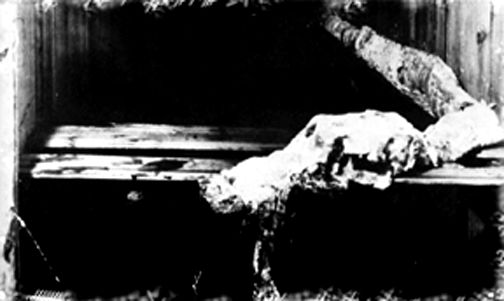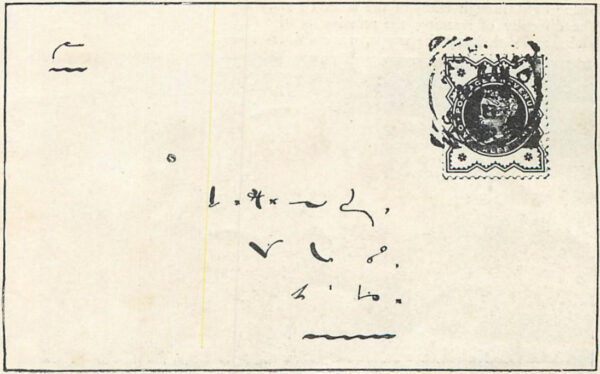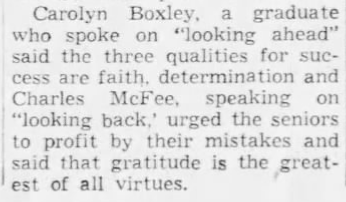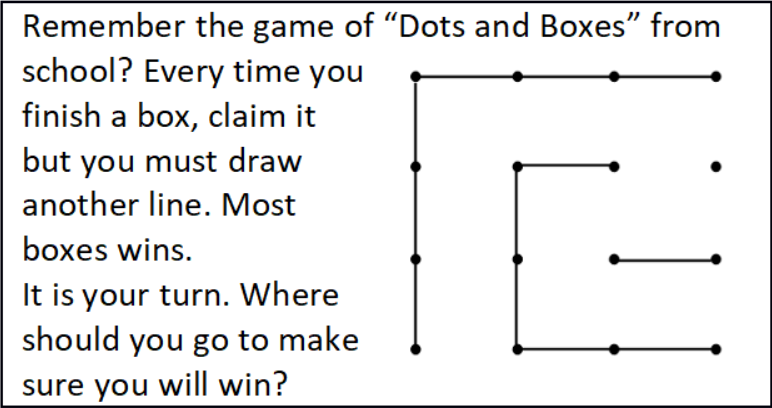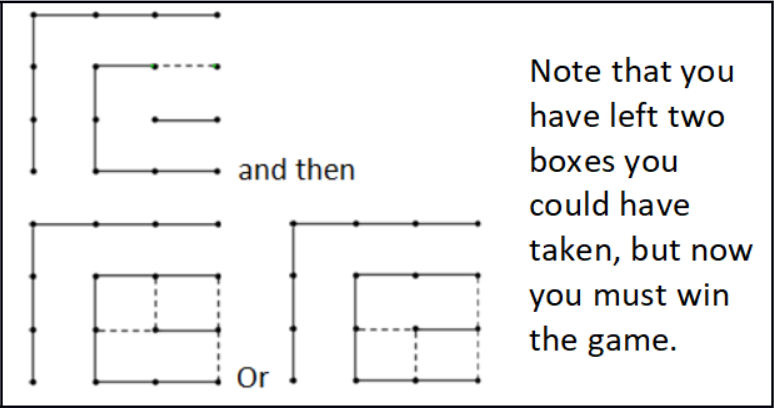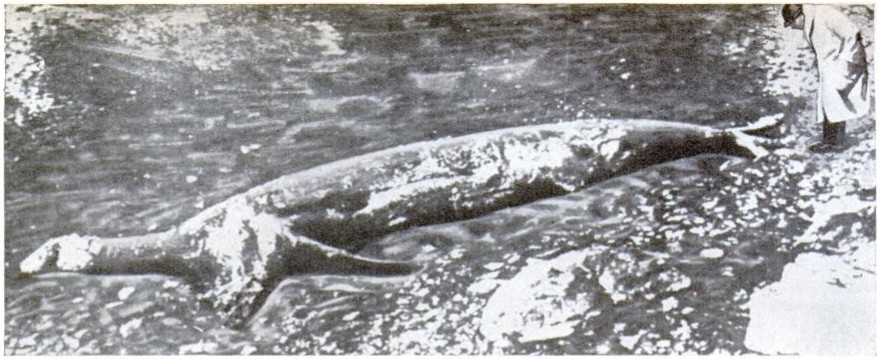
Something alarming washed up on a beach near Cherbourg in 1934 — a 25-foot carcass with a camel’s head, a three-foot neck, two shoulder fins, and a seal’s tail. Its bluish-gray skin was covered with what appeared to be fine white hairs, and its liver was 15 feet long.
Was it a sea serpent? A relative of the Loch Ness Monster? Probably not: A local biologist guessed that a whale had pursued herring into local waters and been killed by a liner.
Thirteen years later a 40-foot carcass washed up on the shore near Effingham on Vancouver Island, Canada. At first rumored to be the remains of Caddy, the sea serpent that supposedly haunts Cadboro Bay, it was later identified as a shark.
